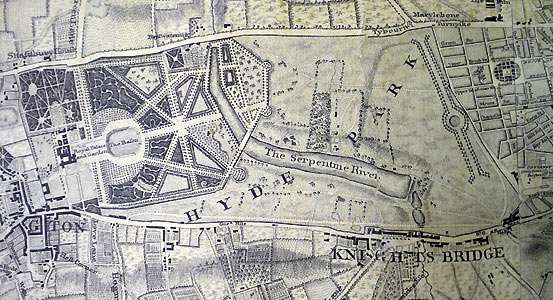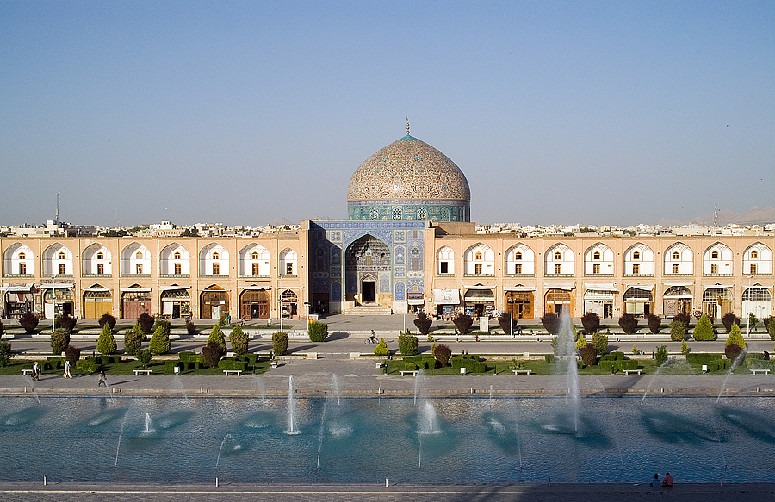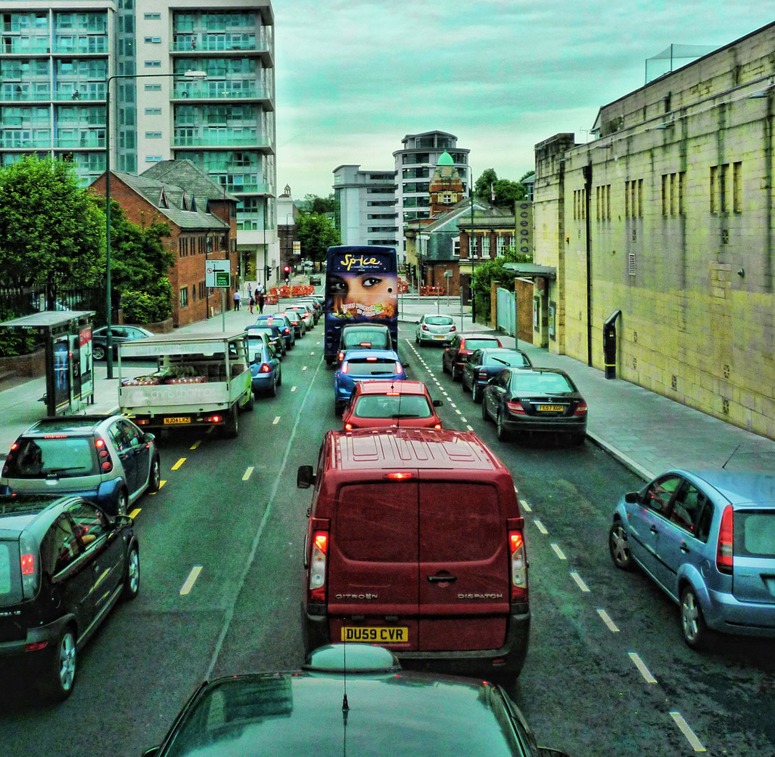In 1730 Queen Charlotte ordered the damming of the Westbourne River as part of a general redevelopment of Hyde Park and Kennsington Gardens by Charles Bridgeman. The Serpentine Lake in Hyde Park is the remnant of the Westbourne River which since 1850 has been diverted into a culvert and runs into the Thames near Chelsea. “The Serpentine Lake was one of the earliest artificial lakes designed to appear natural” and was widely imitated. The Long Water because of its relatively undisturbed nature is a significant wildlife habitat.
Hyde Park and its surrounds has changed considerably since its inception. Contextualising the statute of Achilles by Richard Westmacott which was said to have originated in the classical taste of the Countess Spencer, demonstrates the remarkable changes that have taken place both in the use of the park and in the urban environment which surrounds it. The Queen and Prince Albert are drawn taking air in their carriage as they pass by the statute c1840.
Achilles meanwhile remains a most admired archetypical hero.




